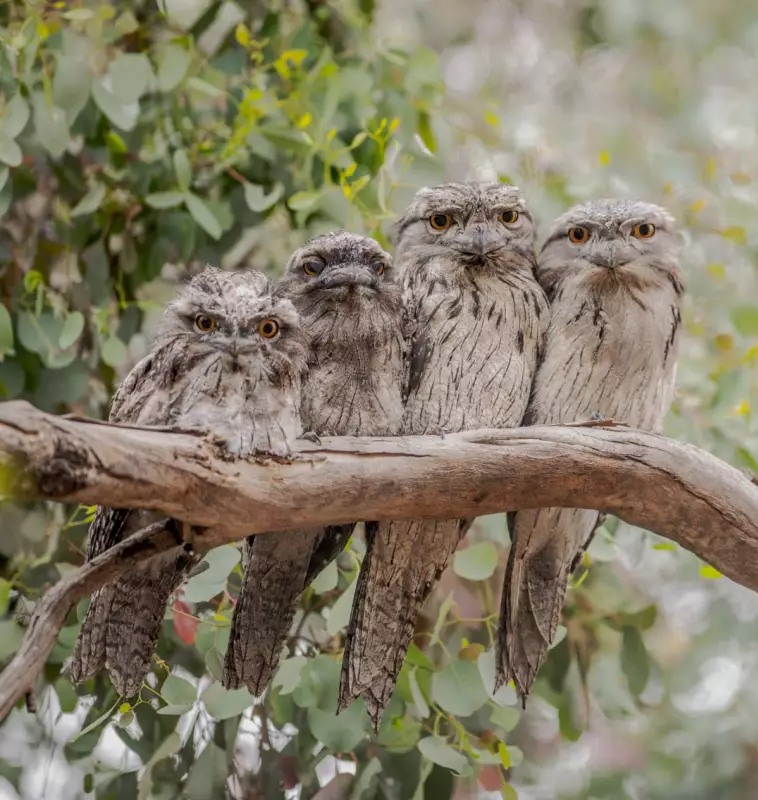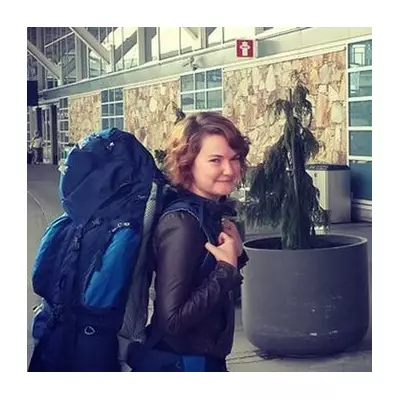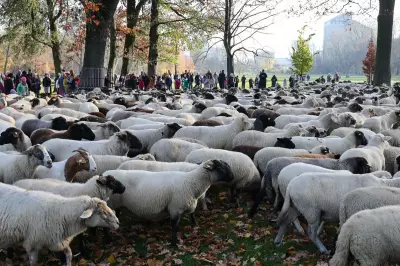
In the moonlit forests and suburban gardens of Australia, a mysterious creature perches silently in the trees, often mistaken for a broken branch or part of the bark. The tawny frogmouth, with its extraordinary camouflage and gentle nature, represents one of nature's most remarkable examples of adaptation.
Masters of Disguise, Not What They Seem
Despite their owl-like appearance, tawny frogmouths belong to the nightjar family and possess unique characteristics that set them apart. Their camouflage is so effective that even experienced birdwatchers can stare directly at one without realising it's there. "They transform themselves into something else entirely," explains Dr Grace Francis, who has studied these enigmatic birds for over a decade.
Surprising Family Dynamics
What makes these birds truly extraordinary extends beyond their appearance. Tawny frogmouths form monogamous pairs that often last for life, with both parents sharing equally in nesting duties. From incubation to feeding their young, these birds demonstrate a level of cooperation that rivals many mammalian species.
The Art of Stillness
Their survival strategy revolves around becoming invisible. When threatened, a frogmouth will stretch its body upwards, close its large yellow eyes to slits, and remain perfectly motionless - effectively disappearing against the tree bark. This behaviour, combined with their mottled grey plumage, makes them virtually undetectable to predators and prey alike.
Urban Adaptation and Conservation
Increasingly, these nocturnal birds are making homes in urban environments, particularly in cities like Sydney and Melbourne where mature trees provide perfect roosting spots. Their adaptability offers hope for urban wildlife conservation, though they face challenges from vehicle collisions and habitat loss.
Observing tawny frogmouths requires patience, but the reward is unparalleled insight into one of Australia's most intriguing native species. As Dr Francis notes, "The more you learn about them, the more you realise how perfectly they represent the hidden wonders of our natural world."





